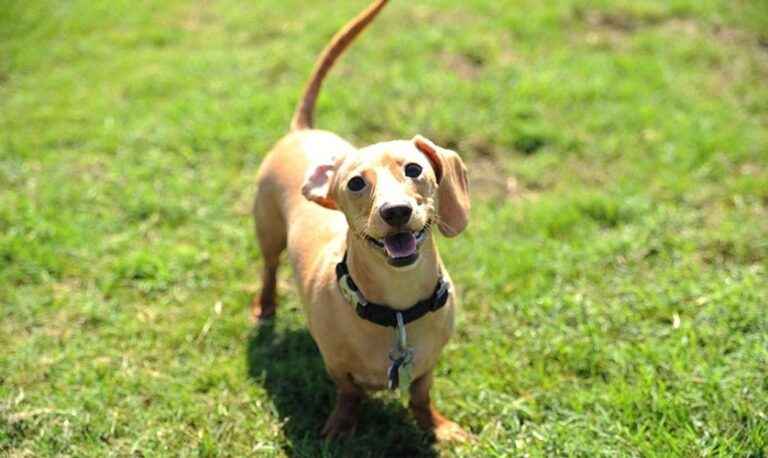Getting Your Children and Other Pets Ready for a New Dog
Introducing a new dog into your family can be an exciting and rewarding experience. However, it is important to prepare your children and other pets for this new addition. By explaining the responsibilities of owning a dog, setting expectations for behavior, teaching proper handling and interaction, and involving kids in the decision-making process, you can help ensure a smooth transition. Additionally, introducing your other pets to the new dog gradually and under supervision, creating safe spaces for each pet, establishing a feeding routine, and addressing any behavioral issues can help foster a harmonious environment for all your furry friends.
Key Takeaways
- Explain the responsibilities of owning a dog to your children.
- Set clear expectations for behavior around the new dog.
- Teach your children proper handling and interaction with the dog.
- Involve your kids in the decision-making process of getting a new dog.
- Introduce your other pets to the new dog gradually and under supervision.
Preparing Your Children for a New Furry Friend

Explaining the Responsibilities of Owning a Dog
When it comes to owning a dog, there are a few responsibilities that we need to be aware of. It’s important to understand that having a dog is not just about cuddles and playtime. We need to make sure that our furry friend is well taken care of and that we meet their needs. This includes providing them with food, water, exercise, and regular visits to the vet. It’s also our responsibility to train them and teach them good behavior. By doing so, we can ensure that our dog is happy and healthy.
Setting Expectations for Behavior
When bringing a new dog into our home, it’s important to set clear expectations for their behavior. We want our furry friend to be well-behaved and respectful of our family and home. To achieve this, we need to establish rules and boundaries right from the start. This helps the dog understand what is expected of them and promotes a harmonious living environment. By consistently reinforcing these expectations, we can ensure that our new dog integrates seamlessly into our family dynamic.
Involving Kids in the Decision-Making Process
When it comes to getting a new dog, we believe in involving our kids in the decision-making process. We want them to feel a sense of ownership and responsibility for our new furry friend. After all, a dog becomes a part of the family, and it’s important that everyone is on board. We discuss the different aspects of dog ownership with our kids, including the time and effort required to take care of a dog. We also talk about the financial responsibilities, such as food, vet visits, and grooming. By involving our kids in these discussions, they gain a better understanding of what it takes to care for a dog and can make an informed decision.
Introducing Your Other Pets to the New Dog

Gradual Introduction and Supervision
After the initial introduction, it’s important to gradually introduce and supervise the interactions between your other pets and the new dog. This allows everyone to get used to each other’s presence and helps prevent any potential conflicts. Bringing a dog home can be an exciting but also stressful time for your existing pets, so it’s crucial to take things slow and ensure a smooth transition.
Creating Safe Spaces for Each Pet
When introducing a new dog to your home, it’s important to create safe spaces for each pet. This allows them to have their own areas where they can retreat to when they need some alone time or want to relax. Love of Dog is a crucial aspect to consider when setting up these safe spaces. Each pet should have a designated spot where they feel comfortable and secure. This could be a separate room, a specific corner of a room, or even a cozy bed or crate. Providing these safe spaces helps to reduce stress and potential conflicts between pets.
Establishing a Feeding Routine
When it comes to establishing a feeding routine for our new furry friend, we believe in getting the whole family involved. It’s not just about making sure our puppy gets their meals on time, but also about teaching responsibility and creating a bond with our new addition. By involving everyone in the process, we can ensure that our puppy’s schedule is consistent and that they feel loved and cared for by the entire family.
Addressing Any Behavioral Issues
When it comes to addressing any behavioral issues with our new dog, we’ve learned a few things along the way. One of the tips we can share is to take it slow and be patient. Introducing dogs to new environments can be overwhelming for them, so it’s important to give them time to adjust. Another important thing to remember is to provide positive reinforcement when they exhibit good behavior. This can help reinforce the desired behaviors and discourage any unwanted ones. Additionally, it’s crucial to establish a consistent routine and set clear boundaries. Dogs thrive on structure and knowing what is expected of them. By providing a stable environment and consistent guidance, we can help our new furry friend feel more secure and confident. Remember, every dog is unique, so it’s important to be flexible and adapt our approach to their individual needs.
In Conclusion
Bringing a new dog into your home can be an exciting and rewarding experience for your family. By preparing your children and other pets for the arrival of a furry friend, you can ensure a smooth transition and a harmonious household. Explaining the responsibilities of owning a dog, setting expectations for behavior, teaching proper handling and interaction, and involving kids in the decision-making process are all important steps to take. Additionally, introducing your other pets to the new dog gradually, creating safe spaces for each pet, establishing a feeding routine, and addressing any behavioral issues are crucial for a successful integration. Remember, patience and understanding are key as everyone adjusts to the new dynamics. With proper preparation and care, your family and pets will form a strong bond with the newest member of the pack. So get ready for wagging tails, wet kisses, and endless love!
Frequently Asked Questions
How do I prepare my children for owning a dog?
You can prepare your children for owning a dog by explaining the responsibilities involved, setting expectations for behavior, teaching proper handling and interaction, and involving them in the decision-making process.
What should I do to introduce my other pets to the new dog?
To introduce your other pets to the new dog, you should gradually introduce them under supervision, create safe spaces for each pet, establish a feeding routine, and address any behavioral issues.
How can I explain the responsibilities of owning a dog to my children?
You can explain the responsibilities of owning a dog to your children by discussing tasks such as feeding, grooming, exercising, and providing proper care and attention.
What are some ways to set expectations for behavior when owning a dog?
You can set expectations for behavior when owning a dog by teaching basic commands, establishing rules and boundaries, and reinforcing positive behavior through rewards and consistent discipline.
How should I teach my children proper handling and interaction with a dog?
You can teach your children proper handling and interaction with a dog by demonstrating gentle touch, showing them how to approach and pet a dog, and explaining the importance of respecting a dog’s personal space.
Why is it important to involve kids in the decision-making process of getting a new dog?
Involving kids in the decision-making process of getting a new dog helps them develop a sense of responsibility, ownership, and attachment towards the dog. It also ensures that everyone in the family is on board and committed to caring for the new furry friend.







One Comment